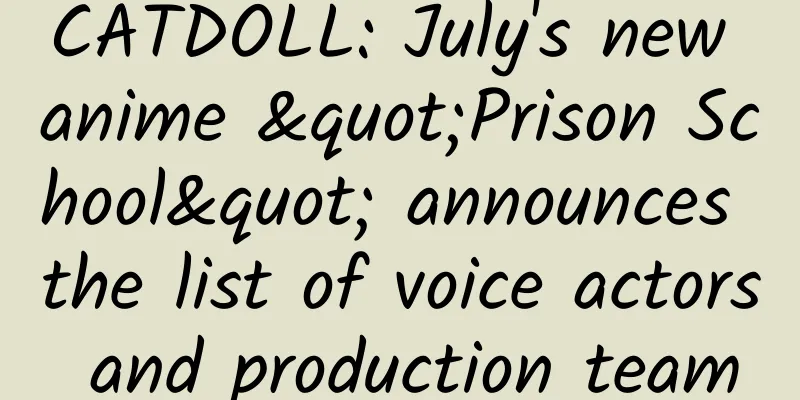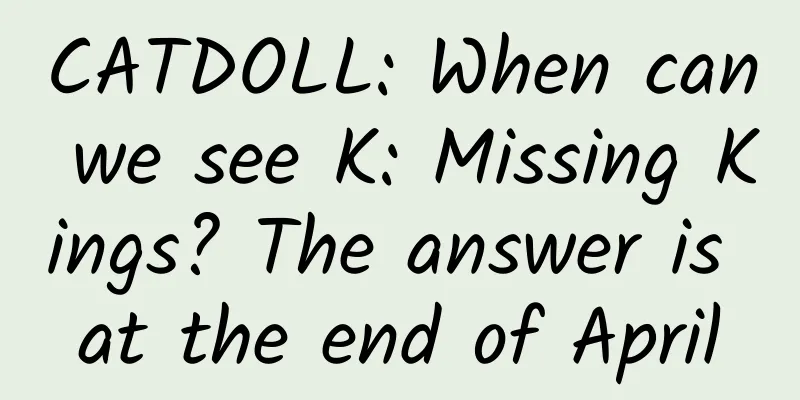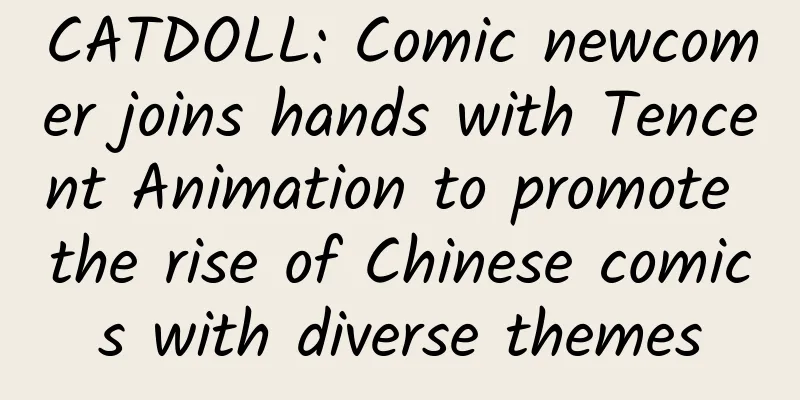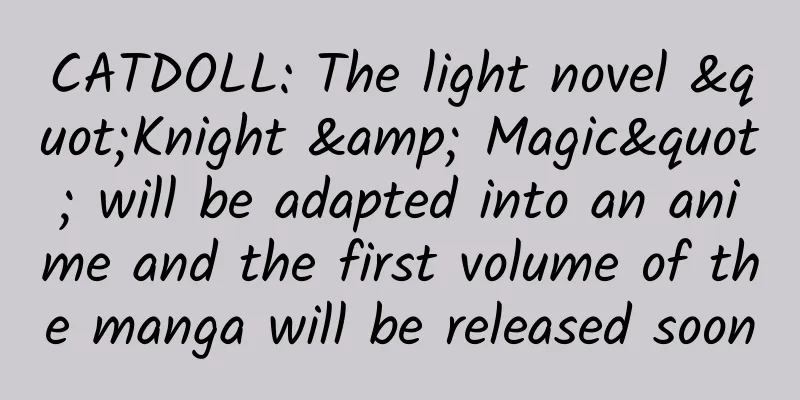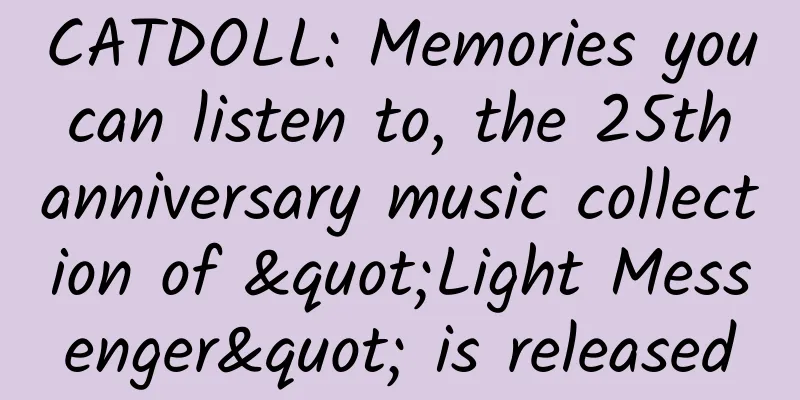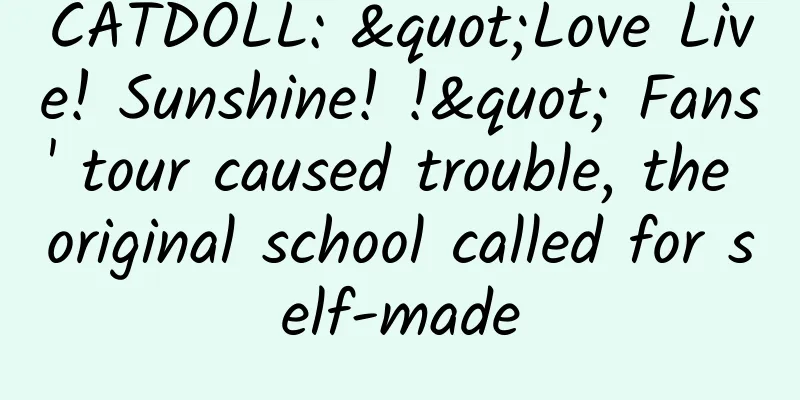CATDOLL: Is making sequels to old animations a sign of laziness or a way to cater to middle-aged people?
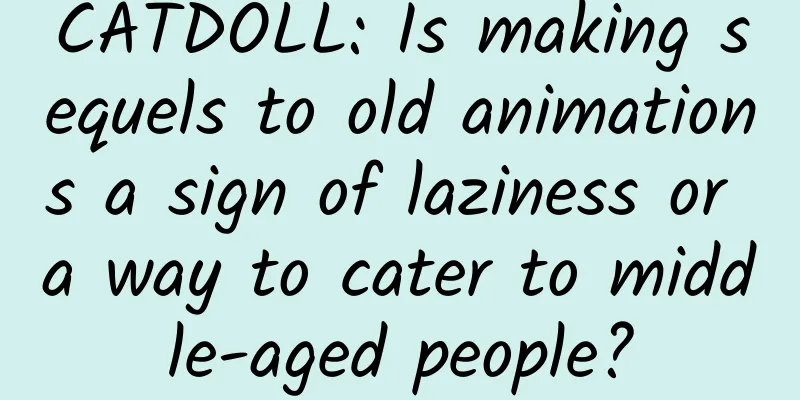
|
After years of development, every generation has its own contemporary animation that they grew up with. Over time, when people grow up, it naturally becomes a classic. But when this group of people grow up, which is the era we are in now, in addition to the regular release of new animations, you will also see many old animations, both those you have heard of and those you have not heard of, all have remakes, refurbished reruns, etc. These actions are pointed out by Japanese animation fans that the animation industry always relies on the masterpieces of the past, and these animations can only cater to the tastes of middle-aged people (yes, that's right, there is a big difference between the animations of the past and the animations of today, after all, times are changing. It is not unreasonable that young people today cannot accept the animations of the past.) But apart from this, there are some people who think that "although these animations are classics, the industry is lazy and just wants to make money from uncles and aunts." I wonder what everyone thinks about this? The reason for these problems is the news that Japan Rent will make sequels to classic TV animations such as "Young Abe" and "Nuannuan Diary". Among them, "Young Abe" is a comic serialized in Shueisha from 1988 to 1999. |
Recommend
CATDOLL: Animation "Cyborg 009 VS Devilman" voice actors announced Hayami Saori and others
The animated theatrical version of "Cyborg 0...
CATDOLL: "Food Wars! Soma" manga chapter 202 text information: The Ten Greatest Show Their Fangs
The advance text information of the 202nd chapter...
CATDOLL: Characters of the April new show "Yamada-kun and the Seven Witches" revealed
The TV animation "Yamada-kun and the Seven W...
CATDOLL: "Food Wars! Soma" manga chapter 176: Master chef Men Fei Mian returns to the stage
The Chinese version of the manga "Food Wars!...
CATDOLL: "Brave Adventure" manga chapter 54: The boy is getting more and more skilled at pitting his teammates
The 54th chapter of the comic "Brave Adventu...
CATDOLL: Two new OADs of Kamisama Kiss released in 2016
"Kamisama Kiss" will release two OADs n...
CATDOLL: New animation of "Lupin the Third" invests 10 billion yuan and many big names join
We have previously reported that the old anime wo...
CATDOLL: "Food Wars!: Shokugeki no Soma" will launch a short anime style that is unbearable to watch
The 24th volume of the manga "Food Wars! Sho...
CATDOLL: Chibi Maruko-chan's grandfather has passed away too. Taiwan's famous voice actor Hu Licheng has passed away
Following the death of Lin Baoquan, the voice act...
CATDOLL: The Japanese mobile game "Princess Connect" has a dazzling lineup of voice actors. Is the money-making model of high-quality paintings + massive voice actors coming?
Since "Temporary Girlfriend" spent a lo...
CATDOLL: "Brave Adventure" manga chapter 57: The clever boy attacks the boss
The 57th chapter of the comic "The Brave Adv...
CATDOLL: "Digimon Adventure tri." Theatrical Edition Chapter 1 Promotional CM Reveals Omegamon's Rampage
The first chapter of the long-awaited new Digimon...
CATDOLL: "Code Geass: Lelouch of the Resurrection" live special video released, Lelouch appears again
This year marks the 10th anniversary of the origi...
CATDOLL: Are you done yet? The tea ceremony scene in "Rondo of Angels and Dragons" is criticized again
The people of Area 11 have thoroughly trained the...
CATDOLL: The "Bleach" comic will be made into a live-action movie and will be released in 2018!
The 15th anniversary of the Bleach comic series w...

